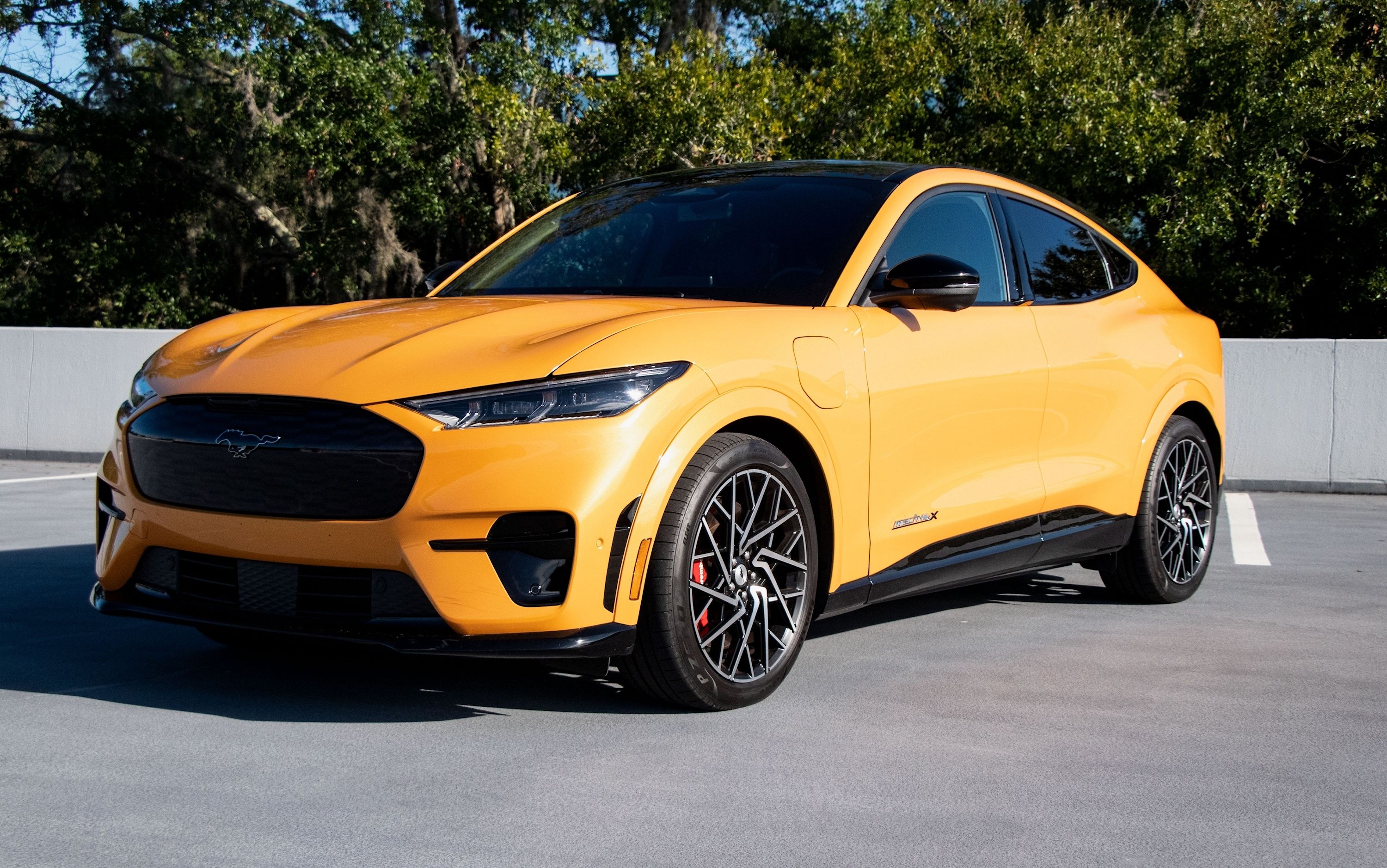
New York City Mayor Eric Adams has announced that beginning in 2030 every Uber and Lyft vehicle operating in the city must be zero emissions, according to The Verge. This shift to all-electric ride-sharing should come as no surprise. NYC is one of the world's largest cities for ridesharing with an estimated 100,000 vehicles currently available for-hire.
"We are excited to partner with New York City on our journey," Paul Augustine, Lyft's director of sustainability, said in a statement. "New York's commitment will accelerate an equitable city-wide transition to electric, and we're eager to collaborate with the TLC on an ambitious plan for a rideshare clean mile standard."
The city already has plans to electrify its own fleet of vehicles and to expand the charging infrastructure throughout the five boroughs. The plan's implementation is being done through NYC's Taxi and Limousine Commission, which also regulates Uber and Lyft. And speaking of those two companies, how do they feel about the Adams' decision?
"We applaud the Mayor's ambition for reducing emissions, an important goal we share," Josh Gold, senior director of policy at Uber. "Uber has been making real progress to become the first zero-emissions mobility platform in North America, and there's much more to do."
This just so happens to come at a very convenient time for Uber. Last September, Uber revealed plans for its entire ride-sharing operation in North America and Europe to be pure electric vehicles by 2030. It has already begun expanding its Comfort Electric service in preparation for the change. This service was only launched last May in several cities, including Los Angeles, San Francisco, San Diego, and Dubai. Its list of premium EVs currently includes the Ford Mustang Mach-E, the Polestar 2, and every Tesla model.
These cities were selected because they all have one thing in common: charging stations. Lots of them. California currently has around 300 Supercharging stations, courtesy of Tesla. Lyft also previously announced its fleet will go entirely EV by 2030.
But there's another question neither of the ride-hailing companies nor NYC officials answered: how will they convince millions of Uber and Lyft drivers to ditch their current ICE vehicles in favor of EVs?
Bear in mind these drivers are legally classified as independent contractors and use their private cars for work. They will have to buy an EV if they want to remain drivers and EVs are typically more expensive than their ICE counterparts.
These drivers already operate with tight margins and the business case for them to switch may not simply exist unless Uber and Lyft, together with automakers, offer some sort of incentive package. For example, they could offer drivers lower interest rates and more favorable purchasing terms overall. Depending on the make and model, drivers could also take advantage of EV tax credits in the Inflation Reduction Act, but that's assuming they'll still be available in seven years' time.
